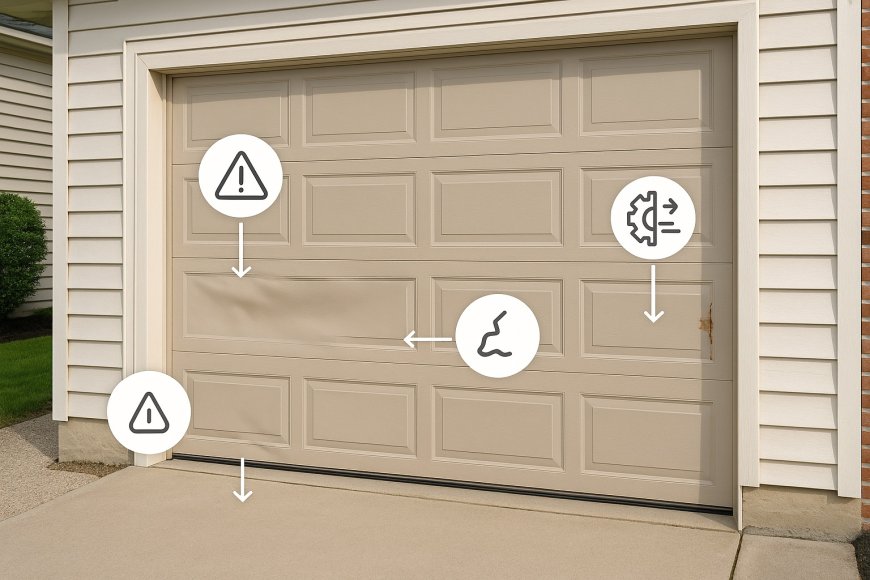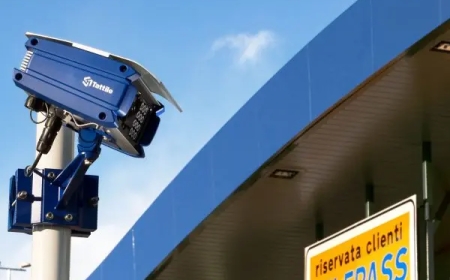Where Are Common Weak Spots Needing Garage Door Section Replacement?
Need garage door section replacement? Learn how it restores function, boosts curb appeal, and saves money without a full door replacement.

Garage door section replacement is something most of us dont think about until were stuck outside with a stubborn panel or a door thats seen better days. Over time, different parts of the door start to show their age or suffer damage. Whether its from a basketball bouncing too hard, a car bumping the bottom, or weather doing its worst, certain spots take the biggest hit. If youre wondering where to look before calling in a pro or tackling repairs yourself, this guide will help you spot the usual suspects for garage door section replacement.
The Bottom Panel: Where Trouble Usually Starts
Lets face itthe bottom panel works the hardest. Every time you open or close your garage, this section scrapes along the ground and takes the brunt of rain, snow, and dirt. If you live somewhere with lots of moisture or freezing temperatures, moisture can seep in and make the bottom part swell, rot, or rust. And if youve ever accidentally backed your car just a bit too far, you know this spot is most likely to get dented or bent.
You might notice the bottom panel sagging, cracking, or even letting in drafts. Sometimes, the weather seal comes loose, making it easier for water and critters to sneak in. If you see these signs, its a good idea to consider swapping out just the bottom section instead of the whole door.
Middle Panels: The Impact Zone
The middle sections of a garage door are like the danger zone for surprise accidents. Kids toss balls, bikes topple over, and sometimes you might haul in a big box that knocks the door. All this means dents, dings, and warping are common here. Middle panels also flex the most as the door moves up and down, so cracks can sneak in over timeespecially if your door is older or made from lighter materials.
Paint chipping, insulation poking out, or panels bowing outwards are all signs you might need a replacement in these areas. Ignoring them often leads to bigger issues, like the door getting jammed or making awful grinding noises.
Edges and Corners: Where Damage Loves to Hide
Its easy to overlook the sides and corners of your garage door, but these spots are magnets for trouble. The edges often get banged up by lawn tools, bikes, or careless parking. Corners are even more vulnerable since theyre where two panels meet, making them prone to splitting or getting knocked out of alignment.
If you see gaps forming at the sides, or if the corners look crushed or frayed, thats a red flag. Water can sneak in here, leading to hidden rot beneath the paint. A compromised edge can make the whole door wobble or even let pests slip inside. Replacing just the affected section is usually a smart fix before things get worse.
Table: Quick Look at Common Weak Spots
| Weak Spot | Why Its Vulnerable | Signs You Need Replacement |
|---|---|---|
| Bottom Panel | Constant contact with ground, moisture, vehicles | Sagging, rot, dents, broken seal |
| Middle Panels | Frequent impacts, flexing during use | Dents, cracks, bowing, noisy operation |
| Edges & Corners | Impact from tools, bikes, misalignment | Splitting, gaps, crushed corners |
| Window Sections | Glass breakage, frame weakening | Broken glass, leaking, loose panes |
Window Sections: Easy Targets for Breakage
Not every garage door has windows, but when they do, those sections are often the most fragile. A stray baseball, hailstorm, or just age can crack the glass or loosen the frames. Once a window is damaged, water can seep in and rot the surrounding panel, or cold air might sneak into your garage.
If your window sections look foggy, cracked, or you notice the frame starting to bend, its best to replace that portion sooner than later. Otherwise, youll risk bigger repairs down the road.
Conclusion: Stay Ahead of Garage Door Troubles
Knowing where garage doors tend to wear out helps you catch problems before they get out of hand. Keeping an eye on the bottom panel, middle sections, edges, and any window spots means you can fix things fast and avoid bigger headaches. Remember, you dont always need a whole new doorsometimes just a single section swap does the trick. If youre ever in doubt, a quick check or a chat with a pro can save you time and money. So next time your garage door seems off, take a closer look at those weak spotsyou might just spot the need for garage door section replacement before it turns into a major repair.
Read More: Apache Junction Garage Door Repair





































